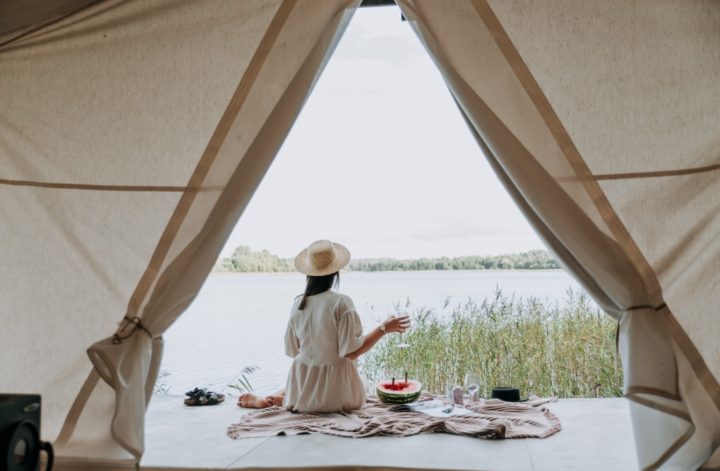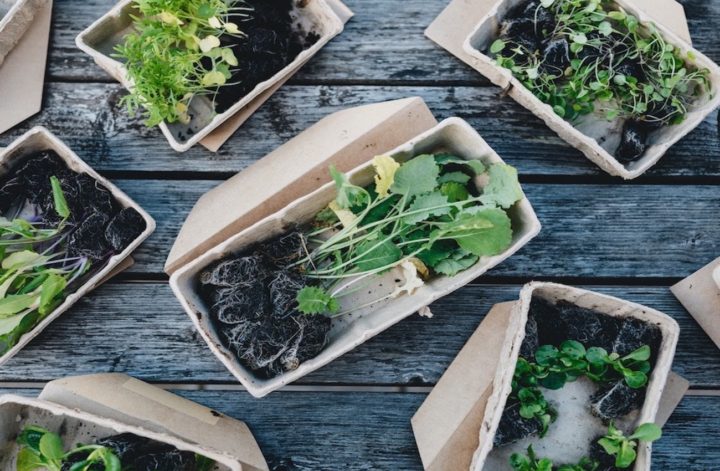We’ve all seen it scrolling our social feeds, the polished and styled life of sustainable living. But sustainable living isn’t about having all the eco-conscious products or showing off your best eco-life to your peers.
Instead, it’s about minimizing our environmental footprint, protecting nature and being conscious consumers. Which, as I see it, is about embracing the principles of minimalism – buying with purpose and investing in experiences.
Why Sustainable Living Seems Expensive
There are definitely added costs to a sustainable lifestyle. The truth is, that sustainable products should be more expensive. It costs more to pay workers fair wages, use sustainably sourced materials and manufacture products that meet certification requirements. So the question becomes, is sustainable living more expensive than “mainstream or traditional” living?
Budget-friendly sustainable living is possible when we unplug from consumerism – buy less, reuse or repurpose products and sell items we don’t need. This also happens to be an effective way to reduce our environmental footprint and protect nature – the real reason behind sustainability.
The problem is, this message differs from the mainstream message that suggests you can buy your way to sustainable living – keep your consumption habits as is, just buy the sustainable version. If living by these principles, then yes, a sustainable lifestyle is expensive.
Why I think Sustainable Living is Inexpensive
At the time I didn’t consider myself an over-consumer or mindless shopper. Quite the opposite, actually. As a recent university grad, I was accustomed to living on a student budget. However, taking a closer look at my buying habits, I realized I could optimize my spending by making a few small changes. After a couple of months, I was spending a lot less money and putting more towards my debt.
Ten months of small changes (mindset and consumer habits) and I was debt-free! Seems unlikely, right? Especially since I was working in an entry-level position making a wage that reflected my position.

The Hidden Costs of Sustainable Living
Time – Refine your Time Management Skills
The most common phrase I hear is “I’m so busy.” We indeed live each day checking off our task lists and rely on convenience items to help us get through it. I get it, I was busy too. However, my goal to pay off debt was more important than checking off lower priority tasks. Prioritizing our goals is so important to living sustainably.
Kick convenience to the curb and refine your time management skills. Just like anything, creating sustainable habits requires time and persistence. If you manage your time well, you’ll be able to prepare for your new sustainable habit in advance, such as:
- Meal batching – choose a day and time to prepare dinners for the week. The upfront time investment will pay off throughout the week when dinner is already prepared for you when you get home from work
- Packing lunches – save money and waste by opting out of fast food or takeaway lunch. Tip: schedule to make your lunches when you’re meal batching.
- Shop second hand – buy and reuse products already made instead of buying new products online or at the mall. Make time to browse thrift shops or online second-hand platforms like Craigslist or Buy Nothing groups.
Money Management – Save for Investment Items
Did you learn how to save or invest money in school? No, me neither. Financial management is vital to understanding where you’re spending money and how it’s working for you. Chances are unless you seek out this information you won’t think about it or you’ll hire a financial advisor to create your financial plan.
Tracking your spending will help identify where you can optimize your shopping habits and your savings. Proper money management will help you save for sustainable products that require an upfront investment. Some of my investment items were:
- Patagonia outdoor gear
- Backpack
- Safety razor
- Menstrual cup
This list will be different for everyone, but the process of saving will be the same. Don’t let the upfront cost of items deter you from choosing a sustainable alternative. Instead, find ways in your current budget to save for them.
If you’ve heard of the 14-day rule (the time you should wait to purchase an item you want), then saving for an investment item will confirm your want to have it. The effort you put into saving for the item will add value and strengthen your commitment to incorporating it into your routine long-term.
Determination – Willingness to Stay the Course
The probability we will achieve our goal is linked to why we want to achieve the goal. A strong “why” will keep us motivated and moving forward when “life” happens.
This is especially important because western culture worships “retail therapy.” We use any excuse to buy more: celebrating successes or coping with hard times. The instant gratification of owning a new item makes us feel good and keeps us coming back for more. But consumerism is a big contributor to the global waste problem.
The magic happens when we connect the “feel good” moment of acquiring a new item to the effort of working towards living more sustainably. It’s the feeling you get when you invest your effort (at the gym, renovating your home, meal batching) and see the results (increased fitness, nice home, more free time in the evenings). It feels good to work hard for the things we want.
The truth is, I wasn’t making a lot of money when I achieved my debt-free goal. I was a recent university grad and my partner was starting down a new career path, both making less money than we did after we became debt-free. My “feel good” moments were seeing my interest payment and debt decrease, which motivated me to keep putting more effort into achieving the goal.

So, is Sustainable Living Reserved for the Rich?
Sustainable living is about reducing your environmental footprint by buying less, buying better, reducing your waste and supporting your local economy. So, in my opinion, the most “expensive” part of sustainable living is changing your mindset and trailblazing your path that veers from mainstream consumerism.
It’s isn’t easy, but there are actions you can take to make transitioning less hard. Remember the most sustainable product is the one you already own (even if it’s plastic), sustainable living isn’t perfect, and question media sources advocating sustainable living as a consumer activity to guide you in making small changes that fit your lifestyle.




